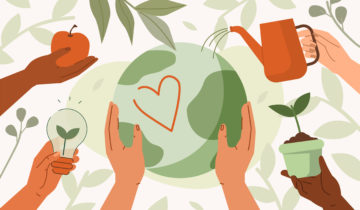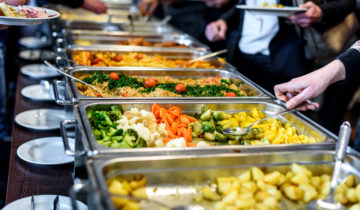Along with the impact of food on health and the ecology, animal welfare is a growing concern for consumers. 94% of Europeans consider that it is important to ‘protect the welfare of animals bred or kept for farming purposes’ and almost half consider that ‘the choice of animal welfare friendly foods in shops and supermarkets is currently insufficient’. This figure has increased in relation to the previous study of 2007. To meet these expectations and provide a framework for practices, several labels dedicated to animal welfare have emerged in line with precise specifications. Public authorities are also considering harmonising labelling.
Animal welfare: what does the European legislation say?
Generally speaking, the European regulations are based on the ‘five freedoms’of animal welfare:
- freedom from hunger and thirst;
- freedom from discomfort;
- freedom from pain, injury and disease;
- freedom to express normal behaviour;
- freedom from fear and distress.
European legislation has been addressing the issue since the 1970s, with the ‘European Convention for the protection of animals kept for farming purposes’. This was used as a basis for the ‘Directive concerning the protection of animals kept for farming purposes’ adopted in 1998. Some regulations are specific to certain species. For example for laying hens, Directive 1999/74/EC (applied in 2002) made the installation of perches compulsory, defined the minimum size of feeders and drinking bowls, and established a maximum stocking density, amongst others.
Labels at the service of consumers and diners
Labels have been created in each country. They are very often initiated by the voluntary sector and provide more assurance that animal welfare is being taken into account than legislation alone.
By way of example:
- Für Mehr Tierschutz: a German label with two levels (silver and gold) promoted by Deutsche Tierschutzbund (German association for the protection of animals)
- RSPCA Assured: a UK label implemented by the Royal Society for the Prevention of Cruelty to Animals
- Étiquette bien-être animal (animal welfare label): a French label comprising five levels (from E to A) and resulting from an approach involving associations, farmers’ and processors’ organisations and actors involved in distribution.
How will things develop in the future?
Developed by the European Commission, the ‘farm to fork’ strategy aims to make agriculture more sustainable and includes a component on animal welfare. The creation of a European label or labelling system is being studied to this end. The objective would be to provide consumers with transparent information on the conditions under which animals are reared, transported and slaughtered. This development would seek to simplify the legislation and provide clear, precise and consistent standards so that their implementation would be homogeneous in all Member States and easy to understand for farmers and the relevant sectors.
While animal welfare labels are generally promoted by associations, future measures and regulations could make labelling compulsory in all EU Member States. This development would meet the growing demand for information from consumers and diners in the catering industry.







